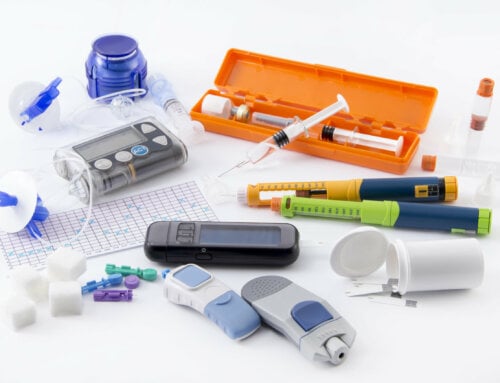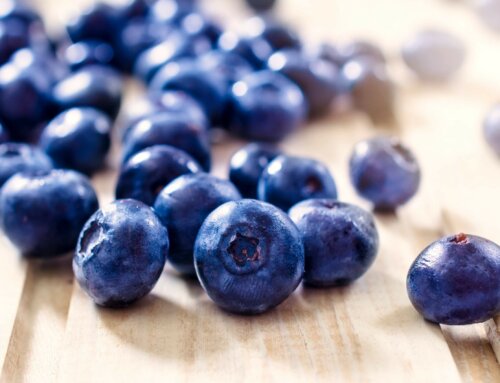When you have diabetes, it is important to minimize your sugar intake. But you might now know where to start because of the terminology. Find out the hidden meanings behind low sugar, no added sugar and sugar-free so you can make the right choices.
- Low sugar foods contain a certain amount of sugar and may also contain sugar substitutes such as aspartame. The FDA does not regulate the term low sugar. Basically speaking, low sugar foods typically have no more than 5 grams of sugar per 100 grams. It is critical to read food labels to find out the exact meaning of “low sugar.” Keep in mind certain low sugar foods might be high in fat and calories to keep the flavor. It is also essential to reduce your fat intake and maintain a healthy weight to avoid diabetes complications such as high blood pressure and heart disease.
- No sugar added means a manufacturer cannot add sugar or sugar substitutes during processing or packaging. However, they may use these ingredients in the recipe. As a result, no sugar added foods could have full sugar content. Once again, reading the labels is the best way to avoid adding excess sugar to your daily diet.
- Sugar-free also does not mean there is zero sugar. For a food to be labeled “sugar free” it must contain less than 0.5 grams per serving. If you consume more than a single serving, you could be eating too much. Verify the amount of a single serving to see if it is a realistic choice.
- Most sugar-free candies contain sugar alcohols. This is a form of modified sugar that contains around half the calories of sugar. Minimize your intake of these sugar alcohols to about 20 grams daily to avoid abdominal cramps and a possible laxative effect. Keeping a couple of pieces of sugar-free candy on hand is an excellent way to avoid the temptation of more sugary treats.
- Foods with the lowest sugar content may contain fewer calories. Each teaspoon of sugar adds 15 calories to your diet. Read the labels of packaged foods such as sliced bread to choose the one with fewer grams of sugar. The calories and sugar content can add up quickly if you choose bread with 7 grams of sugar over one with 3 grams of sugar.
- Look for hidden sugar content on the labels of your favorite foods. Typically words ending in the suffix “ose” refer to sugars such as sucrose, glucose, fructose and dextrose and maltose. Juice concentrate, corn syrup and honey are also used as sweeteners. High sugar foods include fruit juice, sport drinks, cake, cookies, drink mixes and soft drinks.
- Steer clear of candied fruits as well as canned or packaged fruits that could contain high levels of sugar. Also, certain fruits are higher in natural sugar than others such as bananas, figs and juicy melons. Dried fruits like raisins or cranberries have high sugar content as well. Opt for lower sugar fruits with big flavor such as blackberries, raspberries and apples. Add plenty of vegetables to your diet to further minimize your sugar intake. Other low sugar alternatives include walnuts and cottage cheese. Watch out for the fat content to a avoid packing on the pounds. Moderation is the answer, even when you choose low sugar foods.
- Be aware of simple carbohydrates versus complex carbohydrates. Simple carbohydrates are less nutritious while complex carbohydrates contain fiber. These carbohydrates offer more nutrition and do not raise the blood sugar as quickly as simple carbohydrates. Foods that are simple carbohydrates include beer, soda and baked goods. Complex carbohydrates are foods such as whole grain cereals, whole grain breads, brown rice and sweet potatoes. Watch your over all carbohydrate intake as excessive carbohydrates are transformed by your body into elevated blood glucose.
Being aware of the sugar content in your food helps you minimize blood glucose fluctuations. Understanding the different terms helps you identify the best foods to include in your daily diet. There are plenty of sweet options that are unlikely to cause health complications for people with diabetes.







Leave A Comment